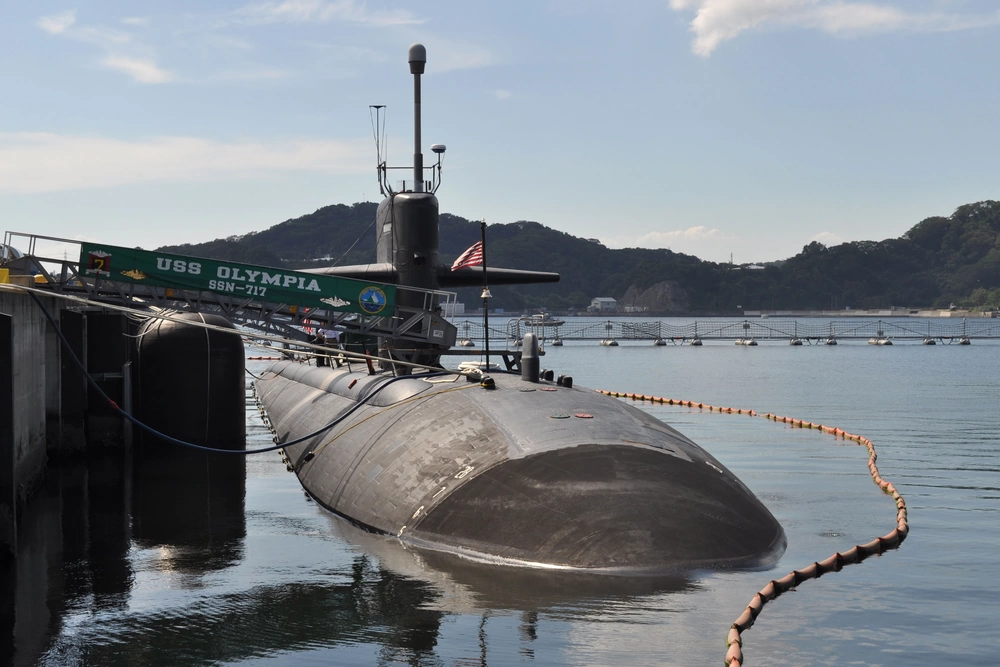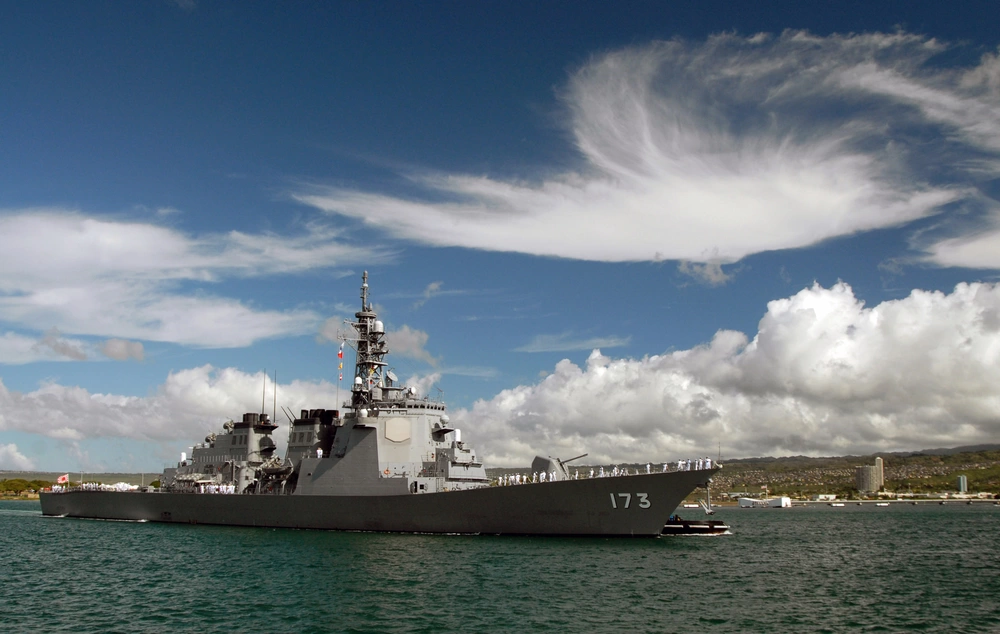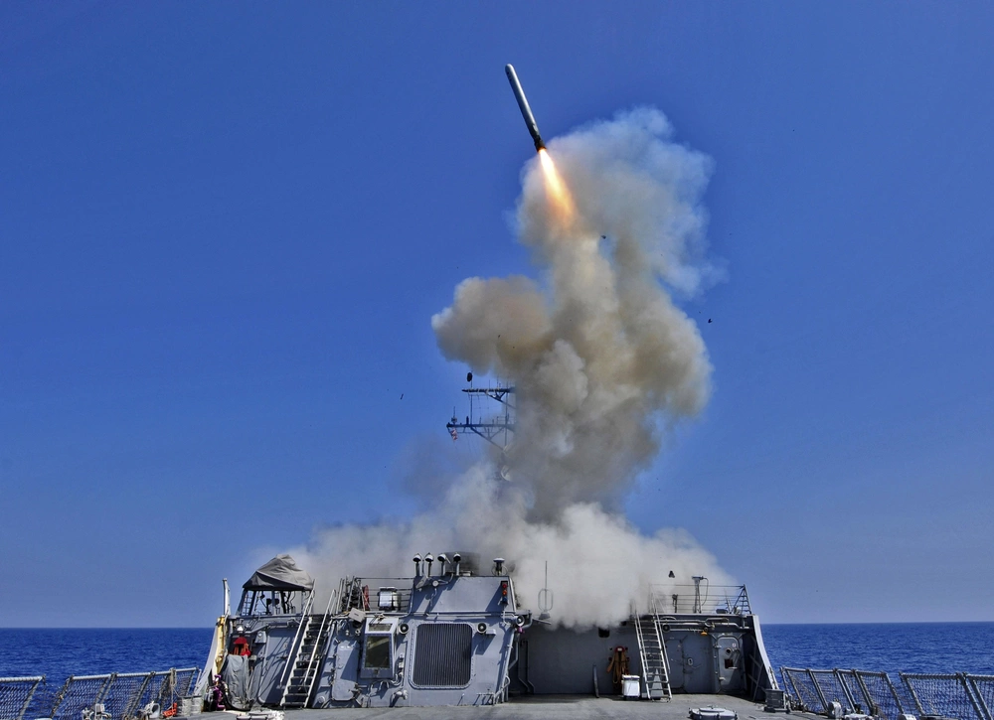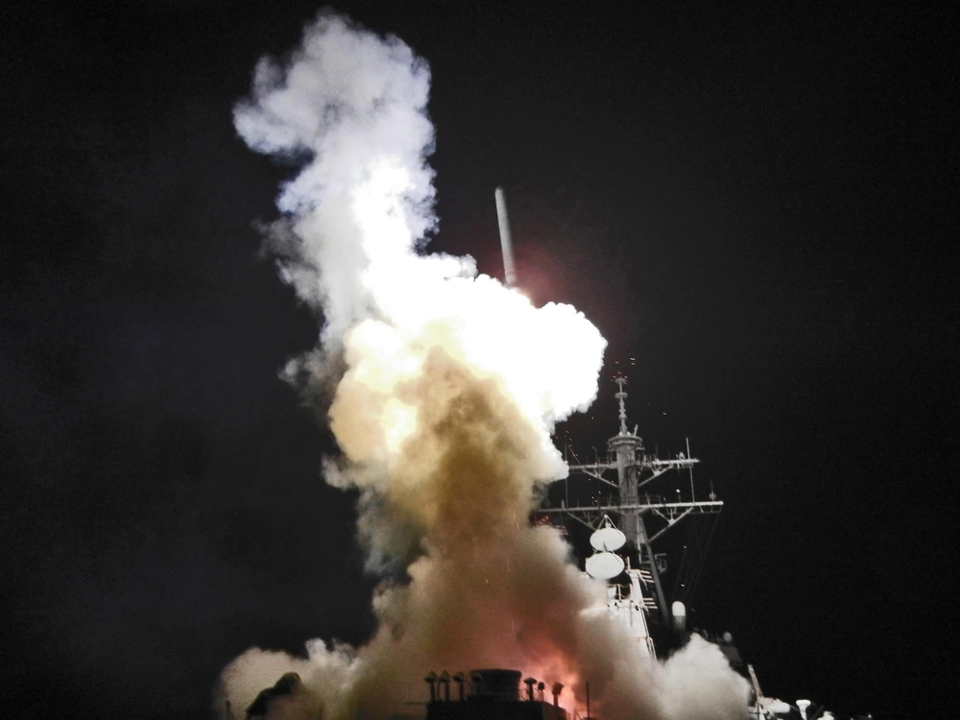Japan to Begin Training on Tomahawk Cruise Missile System Next Month
The United States will begin providing the Japan Self Defense Force (JSDF) with training on the Tomahawk Cruise Missile system starting in late March. Training is expected to be conducted at the US Naval base in Yokosuka which is located at the entrance of Tokyo Bay. Moreover, there are ongoing talks about additional training on American soil. These plans were first reported by Japanese media following a Wednesday meeting between US Ambassador to Japan Rahm Emanuel and Japanese Defense Minister Kihara Minoru.

Japan had officially agreed to acquire 200 Tomahawks back in October 2023 despite previous talks of up to 500 missiles being purchased. However, in January of 2024, a new contract was revealed raising the total of missiles to be acquired back up to 400. Under the $2.35 billion deal, Japan is set to receive 200 Block IV Tomahawks and 200 Block V Tomahawks together with 14 Tactical Tomahawk Weapon Control Systems as well as necessary ancillary services and items such as training, maintenance and spare parts. These weapons will be delivered between fiscal years 2025 and 2027. The missiles will be deployed on Japan’s eight Aegis-equipped destroyers: two Atago class, two Maya class, and four Kongo class. Additionally, two new ships scheduled to be commissioned in 2027 and 2028 are also expected to be equipped with Tomahawks.

Japan had officially announced its intentions to acquire a long-range strike capability back in December 2022 with the release of a new National Security Strategy. According to official doctrine, this capability is meant to allow Japan to “counterattack” or “counterstrike” enemy bases and launch sites. In practice, this means taking aim at China’s missile forces while framing it in a manner which is officially compatible with the pacifist Article 9. Today, Japan is increasingly concerned with its ability to protect Okinawa (which lies 400 miles away from mainland Japan) as well as to react to a Taiwan contingency.

While Tomahawks are currently expected to address this capability gap, Japan is also investing in domestic solutions. Mitsubishi and Kawasaki both received contracts in 2023 to develop domestically manufactured standoff missiles.

